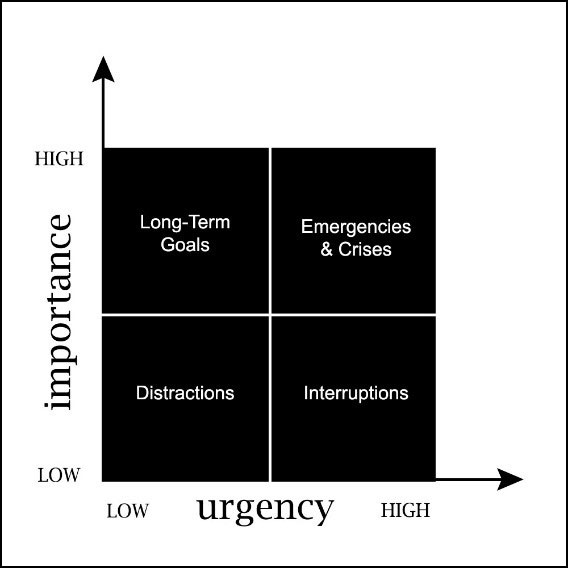Why ‘belonging’ is so important right now & what you can do
Australian organisations have embraced remote work…or have we?
The operative word here, is ‘embraced’. And before you think it doesn’t apply to you…think again. As managers, leaders and members of teams, it’s critical for us to remember that everyone has ‘embraced’ this in a different way. Some have ‘embraced’ it with genuine open arms, open minds, agility and as an opportunity to be savoured. Others have ‘embraced’ it with sheer grit and determination as a problem to be solved. Others have ‘embraced’ it with a fierce resentment, as a ‘tick the box’ item, something to be over and done with as soon as allowable. Some have ‘embraced’ it as an undeniable need to do whatever needs to be done, in a way that loads a heavy backpack to be carried on isolated shoulders, with the absence of real life ‘people’ surrounding them to provide the usual and normal support and comradery.
A recent study1 reported 94% of Australian workplaces had initiated remote working practices, with almost 1 in 4 organisations’ entire workforce working remotely, due to lockdown and government restrictions during the Covid-19 pandemic.
That’s a lot of people feeling the effects of isolation.
It may not be you, but it will be someone working with you. During this unprecedented and unavoidable change in the way we’re currently working, it’s never been more important to find new, creative and flexible ways in communicating and connecting with our teams. It’s never been more important to become vigilant in being aware of and identifying stress caused by changes in the way we work and the social disconnection of working remotely during the Covid-19 pandemic.
Even more concerning, a separate 2019 study2 (note pre pandemic and therefore a harsh reality even outside of the current challenges we face) found that more than 40% of workers can feel physically and emotionally isolated in the workplace. The main message out of this is that people want more connection with the people they work with. When they’re given a workplace community that genuinely values that sense of belonging, research tells us that employers benefit through increases in organisational commitment and employee retention, engagement, well-being and productivity.
Here’s the big question you need to ask your people: What does workplace ‘belonging’ mean to you?
Initiatives to create a genuine workplace community where every person feels as though they belong, needs to come from the people that work there. It can’t come from a leadership blue sky brainstorming meeting, where ideas are moved to decisions and implemented further down the line. I’ve seen this happen before in an organisation where well meaning, purposeful and beautifully crafted wellbeing initiatives were implemented. It was a short lived program, not because the intention or objectives were wrong, but because they weren’t aligned with what was important to their staff.
As Tony Dovale reminds us: “A culture of connection is the foundation of a high performance team that thrives and flourishes”.
Our advice? Embrace the long vision. Anticipate & seize the future. Respond, recover, emerge – tick. Now embrace the concept of thrive and put plans into place to help your people achieve it.
We’ve all been forced to respond to and manage the current crisis. But to actually move beyond the intention to recover, we need to move forward from that response mode and into an emergence. Once we recover and emerge with a new level of resilience, the organisations that will in the end thrive, versus continuing to only survive, will be those brave enough to believe it is so. Those courageous leaders who can already see it, who are focussed on the horizon and are defining their tomorrow, today. It’s never been more important than now to adopt and develop a growth mindset culture within business.
What do you want your organisation’s ‘next normal’ to look like?
Will you be bouncing back to a pre covid status quo?
Or will you be taking the reigns and using this opportunity to create a thriving workplace everyone wants to be a part of?
What do you need to believe in and change today, to ensure your people feel like they belong, feel supported, feel seen, feel connected and feel proud of their organisational community?
By purposefully asking your employees the question “What does workplace belonging mean to you?” and allocating resources in those areas, you show a genuine desire to re-engage the most important part of your organisation – your people. Being interested in their needs and investing in them encourage them to feel they are part of a wider team and most importantly, that they ‘belong’ and feel worthwhile and valued.
It’s not enough to believe and think though. We need to act in parallel to believing in order to achieve.
A recent study3 uncovered the key elements needed for the genuine creation of community and belonging for employees. One of these was feeling supported in daily work and career development. So, just one way to build that sense of belonging, allowing your people to feel like they’re valuable members of a team, is through investing in their development needs. Additionally, focussed and specialised team development gives whole teams the opportunity to feel connected again.
This is the time to actively promote a sense of belonging within your organisation and check in with your team to understand *how they feel and *what they need. As a way of nurturing employee engagement and keeping your intention of determinedly defining your organisation’s tomorrow versus reverting back to a previous status quo, the opportunity is there to emerge with a stronger and much improved workplace.
How can we help you empower your team to contribute to leading the way and thrive?
Get in touch to bring your team back together.
1 AIM, 2020, Covid-19 Pulse Survey
2 Ernst & Young Global Limited, 2019, Belonging Barometer Study
3 Centre for Talent Innovation, 2020, The Power of Belonging



 By keeping a time log (hang in there with me for a minute!) you start to understand where your ‘busy-ness’ is focused. To gain a useful perspective, I encourage people to keep a log for at least a couple of weeks. Just bring up a digital calendar and make some notes hour by hour. I know it sounds mundane, but let’s turn your perspective around so that you can actually get some value out of this critical step – it will serve you for a very long time to come. Think of your 60 seconds of writing per hour as a trigger to take a break. Taking regular breaks throughout the day is proven to increase productivity. So set your hourly timer for the next couple of weeks and spend a couple of minutes every hour writing down what you did, noting if it was low or high importance with low or high urgency.
By keeping a time log (hang in there with me for a minute!) you start to understand where your ‘busy-ness’ is focused. To gain a useful perspective, I encourage people to keep a log for at least a couple of weeks. Just bring up a digital calendar and make some notes hour by hour. I know it sounds mundane, but let’s turn your perspective around so that you can actually get some value out of this critical step – it will serve you for a very long time to come. Think of your 60 seconds of writing per hour as a trigger to take a break. Taking regular breaks throughout the day is proven to increase productivity. So set your hourly timer for the next couple of weeks and spend a couple of minutes every hour writing down what you did, noting if it was low or high importance with low or high urgency.


